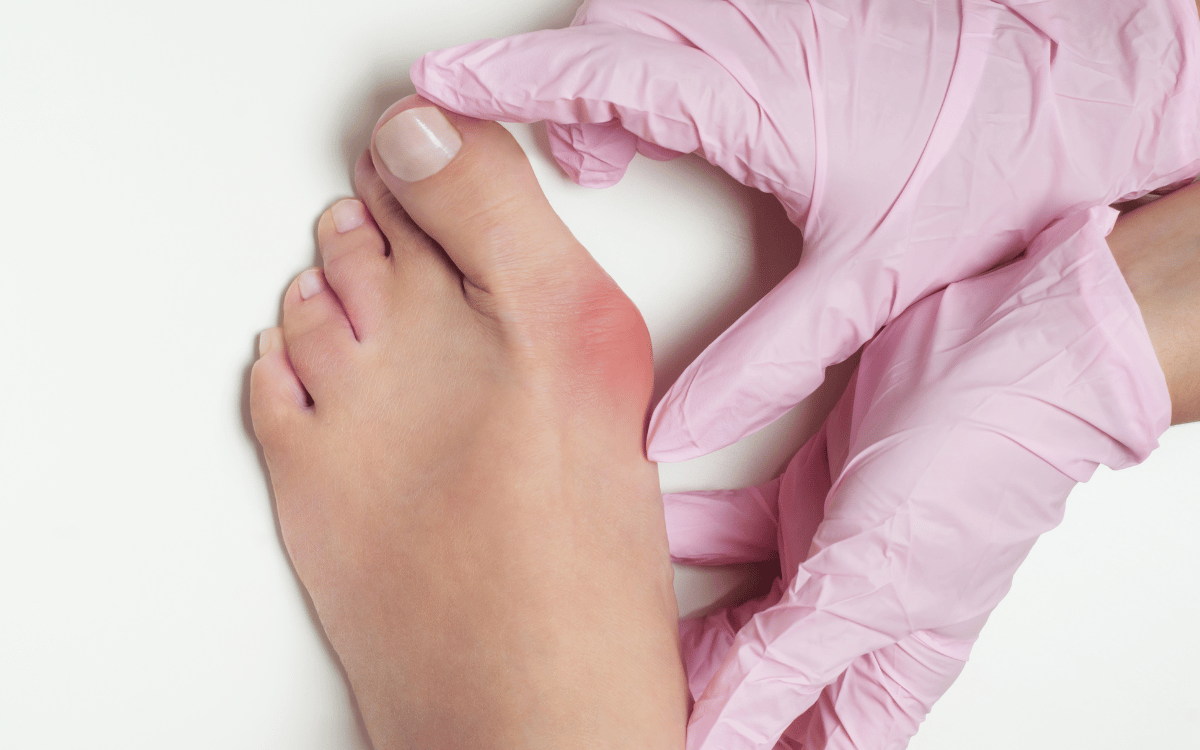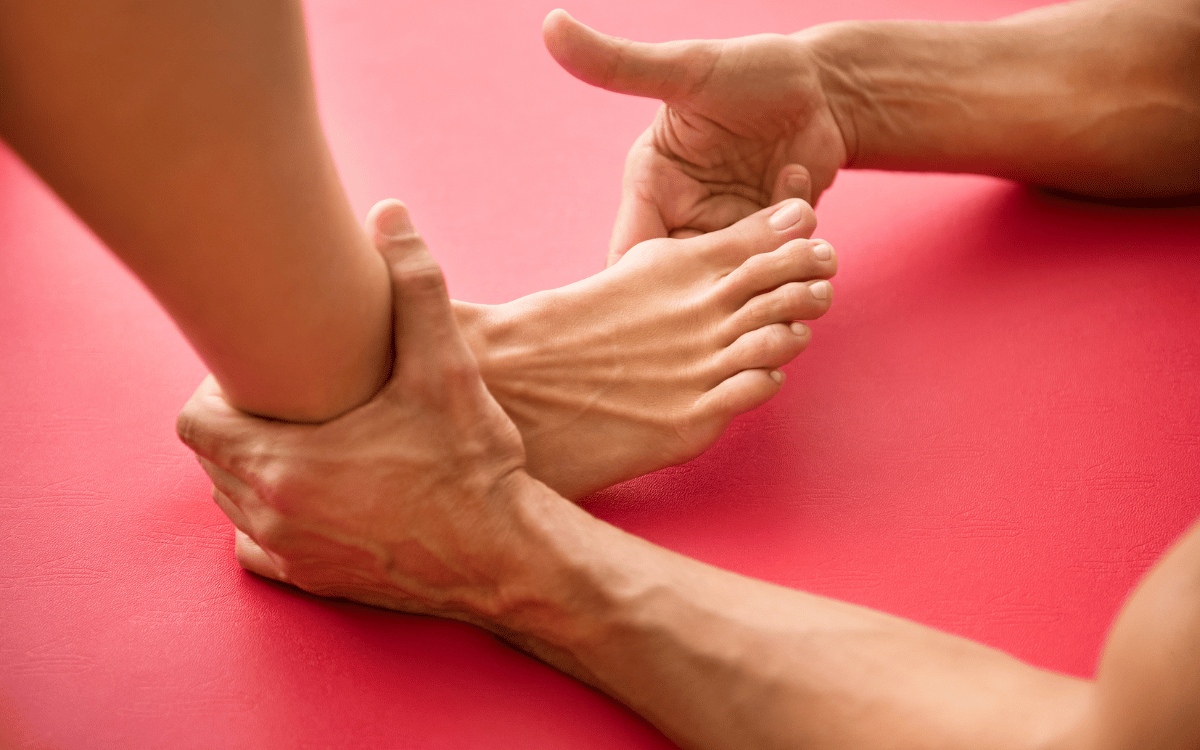Understanding Foot Types for Optimal Shoe Selection
Choosing the right running and exercise shoes begins with understanding your foot type. Different foot shapes, such as flat feet, high arches, or neutral arches, can significantly influence the type of support and cushioning needed in footwear. Identifying your foot type can help you make informed decisions when selecting shoes that provide the best fit and comfort.
For instance, individuals with flat feet may benefit from shoes that offer stability and motion control, while those with high arches might require additional cushioning to absorb impact. Consulting with a podiatrist can also provide personalized recommendations based on your unique foot structure, ensuring that you select shoes that cater to your specific needs.
Common Mistakes When Buying Running Shoes
Many people make common mistakes when purchasing running and exercise shoes that can lead to discomfort or injury. One prevalent error is buying shoes based solely on style rather than fit and functionality. It’s crucial to prioritize comfort and support over aesthetics to ensure optimal performance during physical activities.
Another frequent mistake is failing to try on shoes later in the day when feet are more swollen, which can affect sizing. Additionally, some shoppers overlook the importance of replacing worn-out shoes, which can lose their cushioning and support over time. Regularly assessing your footwear and seeking expert advice can help avoid these pitfalls.
The Importance of Shoe Fit and Sizing
Proper shoe fit is essential for anyone engaging in running or exercise. A shoe that is too tight can cause blisters and discomfort, while a shoe that is too loose can lead to instability and potential injuries. Understanding how to measure your feet accurately and trying on shoes with the right socks can greatly enhance your experience.
Additionally, factors such as the width of the toe box and the arch support should be considered when selecting shoes. It’s advisable to walk or jog in the shoes before making a purchase to ensure they feel comfortable and supportive. A fitting session with a professional can also help you find the best shoe size and style for your specific foot characteristics.
When to Replace Your Running Shoes
Knowing when to replace your running shoes is crucial for maintaining foot health and performance. As a general rule, running shoes should be replaced every 300 to 500 miles, depending on the type of shoe and your running style. Signs of wear, such as reduced cushioning, uneven wear patterns, or visible damage, indicate that it’s time for a new pair.
Additionally, paying attention to how your body feels during and after runs can provide clues about the condition of your shoes. If you start to experience discomfort or pain that wasn’t present before, it may be a sign that your shoes are no longer providing adequate support. Regularly assessing your footwear can help you stay injury-free and improve your overall running experience.



